Tooth enamel – The hard, white-colored shell protects our teeth from damages. It is an outer layer that shields the teeth’s soft and sensitive regions. When the enamel weakens, the underlying layers like dentin, nerve tissues are visible and get agitated with the food, drinks you take and bacterial attacks. This makes the teeth vulnerable to cavities and decay.
The common symptoms to identify this problem include sharp edges in the teeth, intense pain while taking hot or cold edibles, shining teeth. These abnormal signs arise due to the exposure of teeth’s inner layers followed by enamel erosion.
Preventing enamel erosion is not a big deal. Oral care practices along with a dental-friendly diet are enough to protect your enamel.
What causes tooth enamel loss?
The acidic components in food and drinks make the enamel lose some of its mineral content and soften the shell for a short while. Saliva reduces the acidic environment and neutralizes the pH level in our mouth. Saliva also provides nutrients to the enamel and helps in enamel remineralization.
Enamel erosion occurs when the mouth does not produce enough saliva or the acidic environment in the mouth is beyond control. It might happen due to various health disorders, poor lifestyle, bad habits, etc. We have listed some of those factors as follows:
- Dry mouth
- Acid reflux diseases
- Drinking plenty of carbonated drinks
- Too much of sugary foods and snacks
- Eating acidic foods
- Alcohols
- Teeth grinding
Tips to Prevent enamel erosion
1) Avoid sugary and sweetened eatables
Sugar provides a breeding ground for oral bacteria and combines with the microbes to produce acids. The acid is powerful to weaken the enamel and plaque build-up. It leads to problems like gum disease, tooth loss, etc.
2) Limit citric and acidic foods
Giving up the acidic foods is impossible because most of the eatables and fluids we are taking hold a considerable amount of acidic substances.
Even though the acidic foods contain vitamins and minerals that benefit our dental health, overdose of such acidic foods intake is harmful. That is why dentists recommend eating citric fruits like lemon, grapes, pineapples, oranges in a limited manner. It is apt to other stuff like sour foods, drinks like soda also.
Tip: Use a straw while drinking citric and acidic drinks. It reduces the teeth enamel’s exposure to the fluids.
3) Rinse your mouth after every meal
You can reduce the acidity level and other leftovers in mouth after eating or drinking juices by simply swishing your mouth with water or mouthwashes.
4) Prefer Fluoride Toothpaste and soft-bristled Toothbrush
Fluoride is a mineral that can strengthen the enamel. Brushing with fluoride toothpaste will remineralize enamel and protect the teeth from cavities.
Likewise, switch to an electric toothbrush. Otherwise, use a traditional toothbrush with soft bristles. It is recommended because brushing with hard tooth bristles cause abrasions on enamel and lead to enamel loss.
5) Chew sugarless gums
We already explained the benefits of chewing sugar-free gums in one of our earlier blog posts. When you chew the gums, it produces induces the salivary glands to produce more saliva.
The increased salivary flow lowers the acidity and existence of harmful bacteria in our mouth.
Tip: Drinking more water also increases the salivary flow and freshens your mouth.
6) Get treatment for Acid Reflux disease
People suffering from heartburns and acid reflux diseases like GERD are more vulnerable to enamel loss than those who do not have those diseases.
It is because the reflux disease brings back stomach acids to the mouth frequently. Such constant exposure of acids to the teeth increases the risk of enamel erosion.
How to stop acid erosion on teeth ?
Reduce the amount of acidic foods and beverages you consume, use a straw when drinking acidic liquids, rinse your mouth with water afterward, and practice proper oral care to prevent acid erosion on your teeth.
Bottom line
No one can restore the eroded enamel but repairing it is possible with dental appliances like dental veneers, lumineers. Bonding the right appliance over the affected teeth with an adhesive material retrieves the tooth’s natural appearance but it requires proper oral care and frequent dental check-ups.

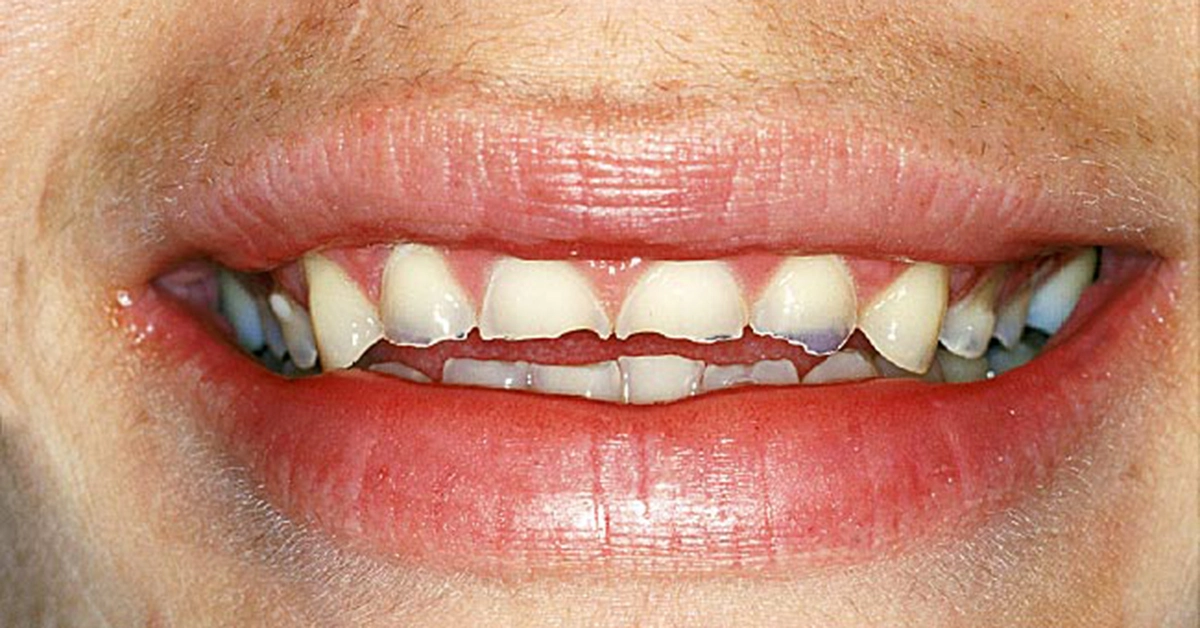




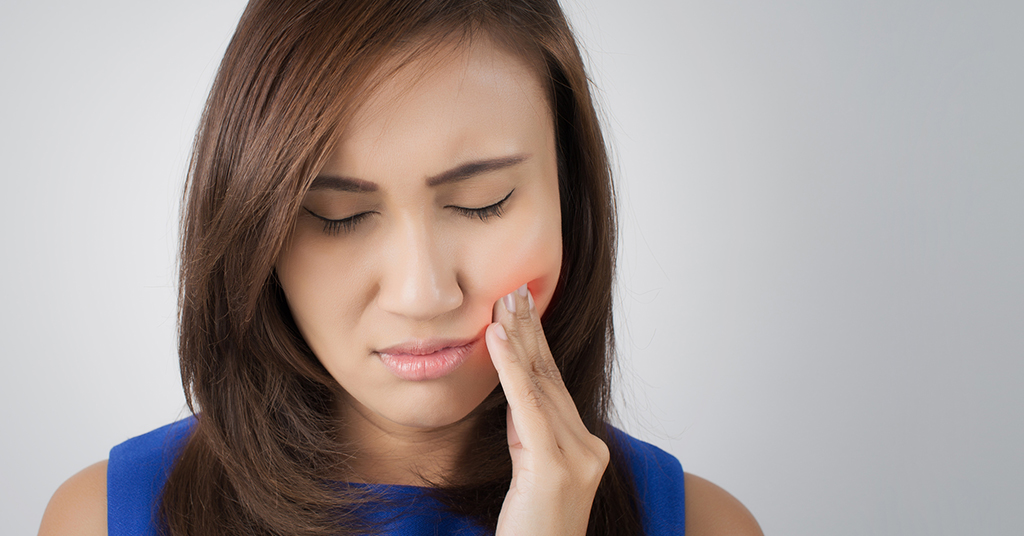
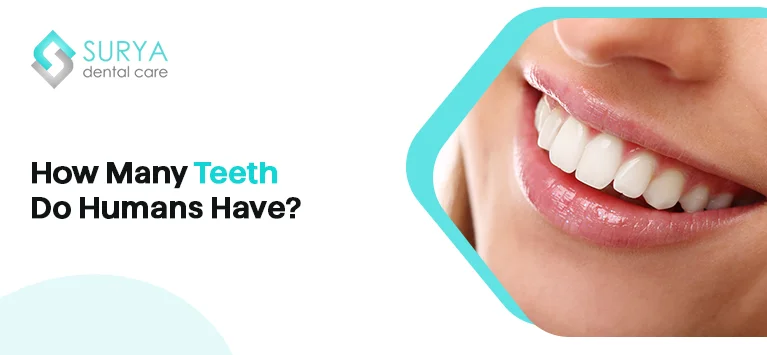
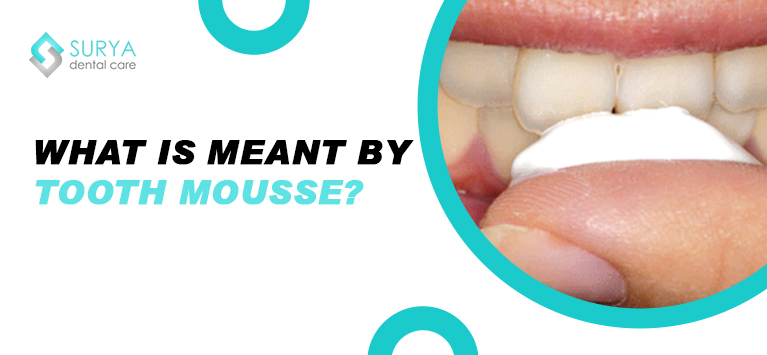
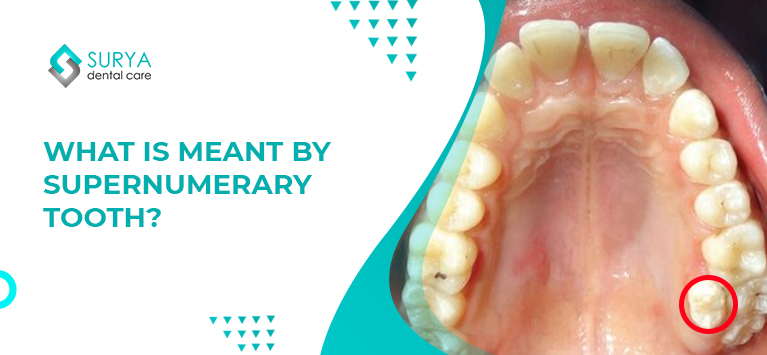
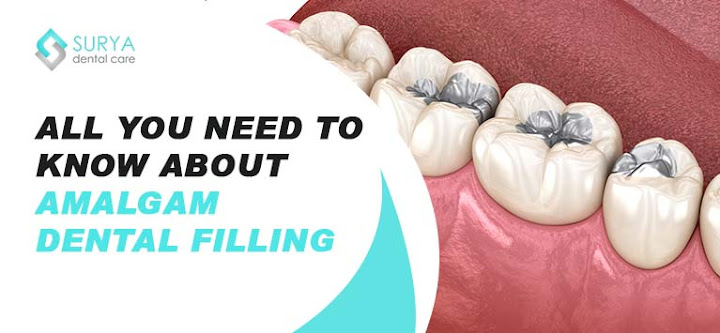


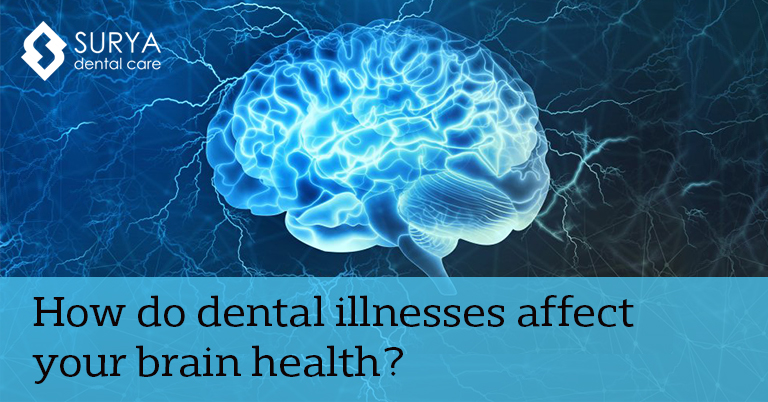
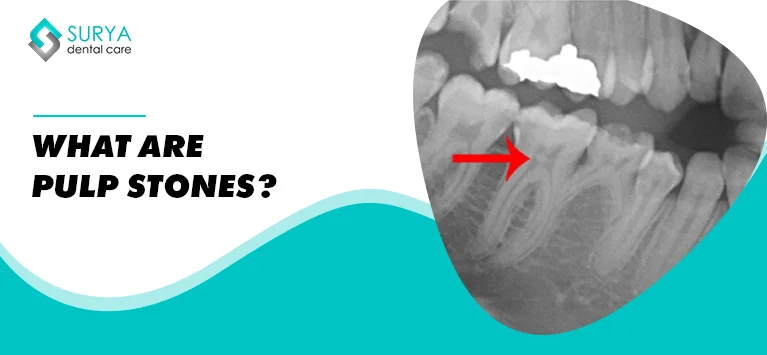


Leave a Comment